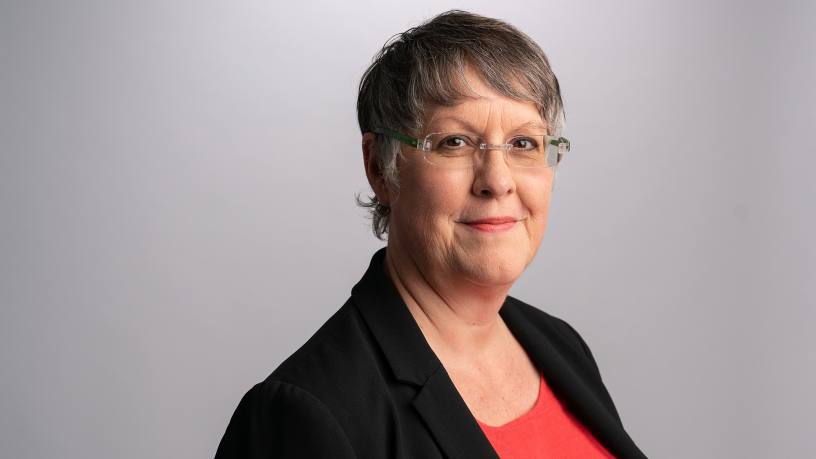While partnerships between any two entities are tough to navigate successfully, those between emerging fintechs and global financial services brands, whether banks or other entities, are more fraught than most. This is mainly due to the size difference between the incumbent and the start-up, but also profound cultural differences.
Fintechs are agile and innovative, but they are also time-, funding- and human resources-poor, meaning they can’t endure long, pointless discussions. They need to make rapid decisions as to whether a relationship is a correct fit for the future of their business, or if they should pivot to adapt to the needs of their partner. One of the biggest challenges identified by numerous fintechs is finding the right person, or ‘internal champion’, within a huge business that can take decisions quickly.
Large incumbent organisations, on the other hand, are slow to change and adopt new ways of working. However, many are looking to speed up their development cycles and partner with fintechs that can help them solve specific pain points and leapfrog the competition. Faced with a deluge of fintechs attempting to get their attention, many incumbents have created specific business units to help identify such fintechs and facilitate partnerships. Yet these units in themselves are not a silver bullet to solve engagement challenges.
Findr, a global matching platform for businesses, hosted a roundtable in London to garner advice and identify best practices in making these partnerships work better.
Paramount to addressing engagement issues, according to the panellists, is to have a clear understanding of what each side is trying to achieve through the partnership. From the position of the start-up, that means identifying which global brands one wants to target and what value one’s product brings to their business. This takes a lot of research into the target partner’s business, pain points and key performance indicators (KPIs), as well as an understanding of their partner and customer ecosystem. Personalisation goes a long way when trying to stand out.
“You need to understand partners’ KPIs, who needs to review the deal and who they need to go to for approval, and ensure they have everything they need to be able to get that approval,” said Rory Hatherell, UK affiliate manager at eToro, a social trading and multi-asset investment company. “Also you should make it as easy as possible [for them to explain the value], because you won’t get a chance to stand in front of the finance team that presses the approval button.”
Sarang Karkhanis, co-founder and chief investment officer at illio, which provides an aggregation insights and portfolio analytical tool, emphasised the importance of listening when engaging in potential partnership discussions. “Ask leading questions to learn about their business strategy. Through that process of listening, they might tell you something that hasn’t been made public,” he said. “You might just take a couple of snippets away that then lets you come back with a better informed approach.”
Andrew Leaver, CEO of Brand Partnership Group, gave an example of a partnership conversation that was going nowhere until his team provided insight into an issue in the target firm’s business that they didn’t know themselves. “That was the hook and once we got the hook, the door was then opened. Now, we’ve been able to convert that customer and are rolling out in other parts of Europe,” he said.
His advice for gaining traction in global brands is to build a panel of advisors who have either worked in those target businesses or have knowledge of those organisations. “This has proved more successful than any of the other tactics we tried in the past,” he said.
Speaking from the perspective of a large incumbent financial services brand, Sam McGurk, business development manager at Mastercard, said that it's important to remember that partnerships are “living, breathing things”. “This is not a one and done in terms of getting a contract signed. It’s important to nurture the partnership and it should change over time, as your business grows,” he said.
But what if a good partnership starts to sour and the internal champion has gone cold? Mr McGurk advised that partners should take a step back, identify where the problem is and talk to the partner. “Be transparent with that person and recap, such as: ‘We’ve had six calls and three coffees, but we haven't really made tangible progress’, then bring it back to the jointly agreed plan. And then hopefully, they'll get it and will agree with you,” he said.
Mr Hatherell added: “Understand that not one person is the business. So if the conversation doesn't go right with them, it doesn't necessarily mean that [the partnership is] over. There could be other things you may have identified from that conversation, such as another part of the business that is looking at this. I had a conversation with a big online credit report agency on Findr. Although there was no value for me and my team, I put them in touch with another part of the business who’s going to adopt the product.”
While many panellists talked about being flexible and open in partnership discussions, Mr Hatherell counselled fintechs to stick by their unique selling point (USP). “Big brands will often try to shoehorn you into what they want. But if you go too far to shift yourself to fit what they need, you could actually lose sight of the value you’re bringing to the partnership,” he said. “So it's about being flexible but also standing by your USP, because if you end up promising something that you're not great at then you're not going to make your business look the best you can.”
Joy Macknight is editor of The Banker. Follow her on Twitter @joymacknight
Register to receive the Editor’s blog and in-depth coverage from the banking industry through the weekly e-newsletter.






